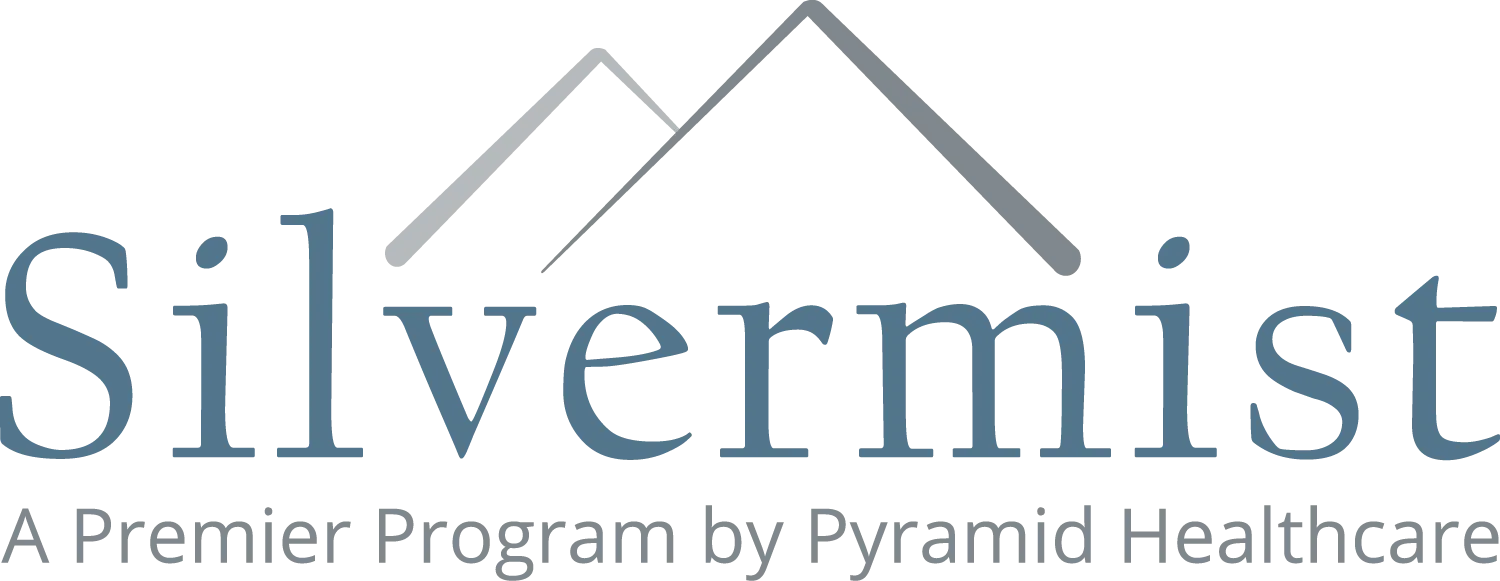How BioSound Healing Therapy Helps Heal Negative Emotions

A holistic approach to therapy includes healing of the whole person – body, mind and spirit. As research continues to emerge stressing the importance of healing both the body and mind, and not focusing on one over the other, recovery programs have adopted this unique method of working with their clients. A greater understanding of the link between the mind and the body has resulted, and with it an implementation of practices such as yoga, breathing exercises, meditation and mindfulness into recovery programs.
One such holistic approach to recovery is the relatively new method of biosound healing therapy. Biosound therapy uses sounds, images, guided meditations and vibrations to ease an individual out of a heightened emotional state into a relaxed, peaceful frame of mind. Completely natural, non-invasive and virtually effortless on the part of the participant, a biosound therapy bed offers a new way to offer emotional healing and overall well-being.
Why biosound therapy works
A biosound therapy system consists of a bed with a memory foam mattress used for healing vibration therapy, plus an audio and visual system for biofeedback, sound healing and guided meditation. These four parts of a biosound therapy session work alongside the science of brain waves to promote a deep sense of internal and external healing.
There are five types of brain waves (Gamma, Beta, Alpha, Theta, Delta) with Gamma waves being peak awareness and Delta waves occurring during deep, dreamless sleep. Different aspects of the biosound therapy system work to move your brain through these different stages, but with primary focus on Alpha and Theta waves.
When the brain is in the Alpha state, you’re alert, but relaxed as focus turns inward, such as during light meditation or a relaxing task. The Alpha state promotes stress relief and positivity.
The Theta state occurs during deep meditation or REM sleep, where you’re most closely in touch with your subconscious. It is characterized by relaxation, creativity and vivid imagery. Additionally, in this state of relaxation, your mind is open to suggestions and receptive of positive self-talk.
Step 1: Biofeedback
In substance abuse recovery, stress is a major cause of relapse. Every biosound healing session starts with biofeedback to promote stress reduction. Your therapist will attach sensors to your body to detect heart rate, blood pressure, body temp, muscle tension and brain wave activity, which you will see reflected on a monitor to better familiarize yourself with the state and functions of your body. While watching the monitor, your therapist will then teach you relaxation techniques like deep breathing, guided meditation and muscle relaxation exercises; you will be able to gain a comprehensive picture of exactly how these techniques positively affect the state of your body, by watching the readings on the monitor.
Essentially, biofeedback teaches you to notice and control your body’s stress response.
Step 2: Sound healing
This fascinating part of biosound healing involves playing two different sounds into each ear at different frequencies; these frequencies then meld in the brain to form a new frequency which determines the state into which the brain enters. It is a form of music therapy, utilized to move the brain from a heightened awareness into a more relaxed (Theta) state, and has been proven to improve sleep and reduce anxiety.
Step 3: Meditation & positive affirmation
Once the brain has entered the Theta state, the mind becomes highly receptive to positive self-affirmation and the meditative state. Guided meditation is used to reduce anxiety, stress, depression and even pain, as well as increase focus and promote overall mindfulness.
Additionally, positive affirmation is incredibly important during substance use recovery. Making positive statements about oneself increases self-control, together with self-respect and self-esteem. This reduction of negative thought, by choosing to think positively, promotes internal healing of the mind, encourages continued recovery and instills an attitude of hope.
Step 4: Vibration therapy
The final step of biosound healing is vibration therapy. This new method of therapy puts the body into an all-over state of release and relaxation, similar to the feeling induced by massage, by gently vibrating the platform on which you lie for the duration of the session.
Emotional peace
Biosound healing therapy has been found to keep clients from leaving therapy early. Because clients are guided so gently out of stress and into positive thinking, the challenges of recovery become less daunting and the chances of real recovery become more attainable. It is not a “trick” played on the mind; rather, biosound healing therapy offers a neurologically scientific approach to reducing anxiety.
Emotions of all kinds come into play once substance use is no longer keeping those feelings at bay. This can be one of the most difficult realities for clients undergoing healing therapy at a Silvermist Recovery. The inception of biosound healing therapy means that clients can grow in strength to control these emotions, as well as in the belief that they are capable of this control. What was once negative becomes positive through understanding one’s body with music therapy, meditation, positive affirmations and gentle massage. Call (412) 561-9558 to put Pennsylvania-based biosound healing therapy to work for you.






